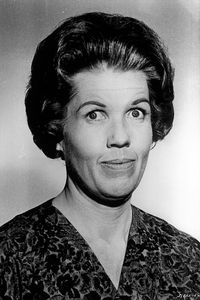Mary Anne Evans, later known as George Eliot, was born on November 22, 1819, at South Farm, Arbury Hall, near Nuneaton, Warwickshire. She was the daughter of Robert Evans, the manager of Arbury Hall, and Christina Evans. Mary Anne had four siblings: Robert, Fanny, Chrissy, and Isaac. She was a serious child who had free access to books and developed a love for literature. She was particularly drawn to Greek literature and tragedy, and her works often incorporated elements of Greek drama.
Mary Anne received a Baptist education, which had a strong influence on her views on social issues and religion. She attended several boarding schools, including Miss Latham's and Mrs. Wallington's, where she met Maria Lewis, a governess with strong evangelical beliefs. Mary Anne also studied French, piano, and developed her knowledge of literature at Miss Franklin's school in Coventry.
After her mother's death in 1838, Mary Anne had to leave school and return to her father. However, she continued to study privately, with her father's support, and developed a knowledge of Italian and German. The family moved to Foleshill, where Mary Anne met intellectuals and thinkers who may have influenced her later work.
In 1844, Mary Anne began translating "Das Leben Jesu" by David Strauss, a theologian. After her father's death, she traveled to Switzerland with friends and later moved to London, where she became friends with John Chapman, a publisher and bookseller. In 1851, Chapman bought "Westminster Review" and hired Mary Anne, who was now calling herself Marian Evans, as the editor. The journal became a success under her leadership.
Marian met George Lewes, a publisher and writer, and they became close friends. Although Lewes was still married, they started living together in 1854. However, this caused a scandal in London society, and many people stopped speaking to the couple.
In 1856, Marian published "Scenes of Clerical Life" under the male pseudonym George Eliot, believing it would increase her respectability. The book was a success, and she went on to publish several more novels, including "Adam Bede" (1859),"The Mill on the Floss" (1860),"Silas Marner" (1861),"Romola" (1863),and "Felix Holt, the Radical" (1866).
Marian's later novels, including "Middlemarch" (1871-72),made her an even greater success and increased her wealth. However, her health was failing due to kidney stones, and she died on December 22, 1880, just seven months after marrying John Cross, a close friend of her and George Lewes.



























